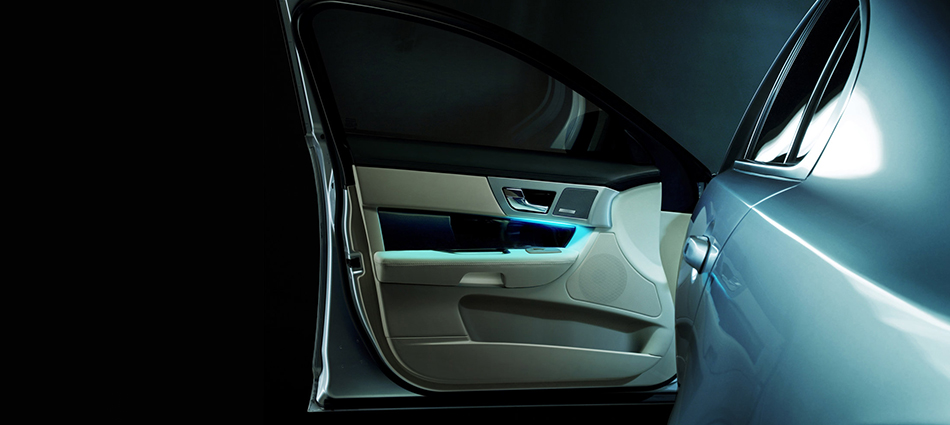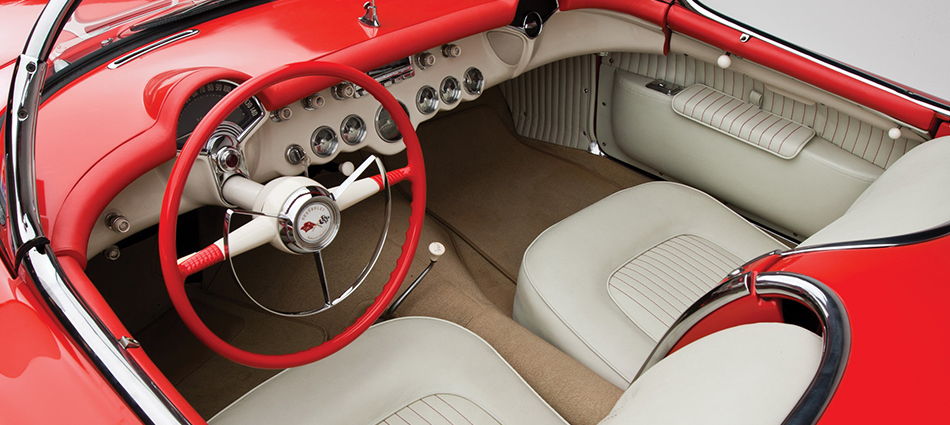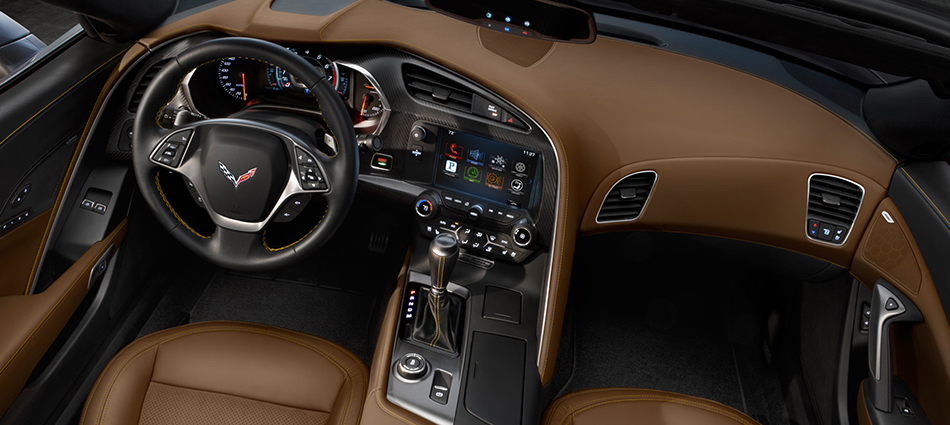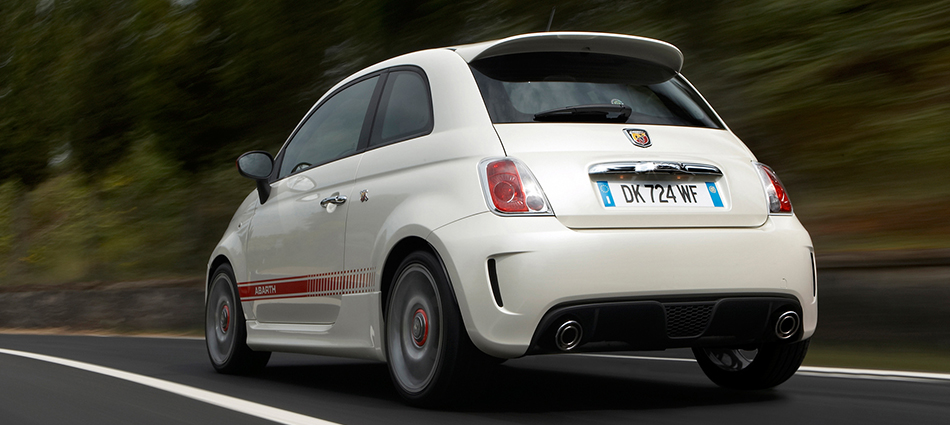The Thinker's Garage Pondering Automotive History, Design and Culture

Cars and our senses
While there are indeed people who view cars as no more than transport and want them to be as unnoticeable as possible, there are also a number of people who lament the lack of ‘personality’ of most modern cars. One of the reasons people fall in love with cars is the overwhelming sensory experience they can provide. Yet despite the large emphasis that is placed on styling in the industry, comparatively little is done by car manufacturers to excite our senses beyond vision. In fact, in their quest for modern infotainment systems, ease of use and comfort, many brands have made a point of engineering out things such as engine noise or mechanical switchgear with tactile responses.
These things are often beyond the realm of ‘car designers’ (those who style the vehicle), and are often more engineering related. From an enthusiast’s perspective, however, the factors that influence other senses are as important as the way the vehicle looks.
Firstly, there is the sense of touch – how does the vehicle feel? The obvious and most important parameter this has an influence upon is the driving experience – how communicative and responsive is the steering wheel, the gear shift mechanism, the pedals? Underwhelm in one of these areas and potential customers will be disappointed. Satisfying the sense of touch is also important on a deeper level – people might not think about how a switch or handle’s feel affects their impression of a car but these are the small details that combine to create an overall impression. The door handle is a person’s first point of contact with a vehicle – making a premium car’s handle out of plastic can mean that the driver could feel slightly underwhelmed before they’ve even seen the interior. There is pleasure to be gained from holding a beautiful, tactile object in your hand. Part of Apple’s success with their electronics has been their innate understanding of this over the years. Car manufacturers could take some lessons from that. With the proliferation of touch screens and electronic systems that allow us to do things ‘by wire’, some of the beautiful weight and tactility that can be found in older cars has been lost to many vehicles. A vehicle can be easy to use without the sense of detachment that overwhelms so many modern cars.
C1 Corvette vs C7 Corvette Interior: What looks more inviting to you?
An area that does get some focus on with modern cars is scent. With the amount of chemicals and adhesives used in the construction of new vehicles, companies do research the odour of their models. An interior that smells richly of wood, leather and new carpet is much more appealing than one that smells of chemicals, plastics or rubber. Subconsciously, smell tells us an awful lot about the environment we’re in.
Sound is a trickier one. While some people love the idea of wafting about in silence, and others prefer raucous exhausts, many cars these days fall somewhere in between the two, either being audible but uninspiring or sounding gruff and strained as the revs rise. I understand that not everybody wants their trip to work to sound like a lap of Indianapolis, yet many cars just sound so awful and unwilling it’s no wonder people don’t enjoy driving them anymore.
Abarth 500 – An exhaust note tuned for pleasure
It is important for the luxury brands in the upper echelons of the market to understand our emotions as this is how they sell their vehicles. As a result, a lot of the above doesn’t apply as much to them as it does the higher volume parts of the market. Sadly however, it seems that in their quest for perfection, mainstream car manufacturers have forgotten the traits that made so many of us love cars so much in the first place.


